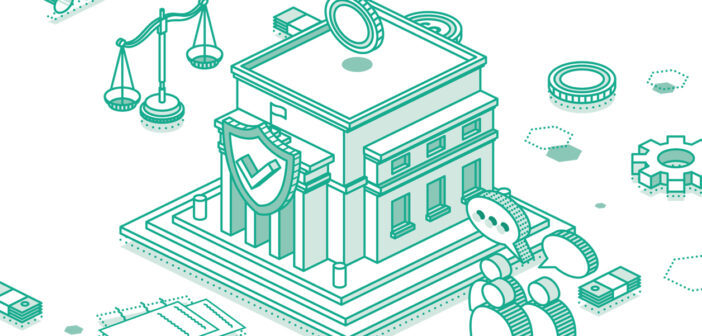With inflation slowing to 3.1% as of writing this column, Jerome Powell and the Federal Reserve are likely to get credit for taming the 40-year high inflation we have experienced over the last couple years. Similarly, Paul Volker and the Federal Reserve of the early 1980s got credit for “breaking the back” of the 1970s inflation. What this ignores is that the Federal Reserve created the 1970s inflation, just like they created the more recent inflation. Crediting the Fed for “fixing” inflation means crediting them for fixing a problem they themselves created.
Economists have long known that inflation stems from an increase in the money supply that outpaces the production of goods and services. When the supply of dollars exceeds the supply of goods and services, each dollar’s value decreases in terms of purchasing power, meaning prices rise and thus, inflation. Between 1960 and 1980, the Federal Reserve tripled the monetary base, which is the money the Fed creates through monetary policy. Likewise, during the pandemic, the Fed doubled the monetary base. It should not have been a surprise that both resulted in economic inflation.
Inflation occurs with delay and thus, in the moment, politicians do not have to face the wrath of voters after a tax increase or face debt that will have to be repaid.
In both cases, the reason why the Federal Reserve increased the money supply was to pay for increased federal government spending. In the 1960s and 70s, this increased spending was due to the Vietnam War and Lyndon Johnson’s “Great Society” social programs. During the pandemic, it was the three rounds of COVID “stimulus” that sent most Americans checks and paid other benefits.
Government spending can be paid for via taxes, borrowing, or printing money. Printing money is often the path of least resistance, as it was in the 1970s and during the pandemic. Inflation occurs with delay and thus, in the moment, politicians do not have to face the wrath of voters after a tax increase or face debt that will have to be repaid.
The United States operated under a gold standard prior to President Nixon closing the gold window in 1971. When the gold window closed, the dollar was no longer backed by gold, meaning it was no longer possible to exchange dollars for gold at a fixed rate. Consequently, the dollar became pure fiat, meaning it was not backed by any commodity and instead was backed by the “full faith and credit” of the United States. What this meant in practice is that there was no limit to how rapidly the Fed could grow the money supply.
When the dollar was backed by gold, increases in the money supply were limited by the world’s supply of gold. This meant there was no inflation between the late 1700s and World War I. On average, something that cost $1 in, say, 1790 also cost $1 in 1950. Inflation is a recent phenomenon, occurring only after the 1970s. History shows that inflation is not an inevitability and instead, it is a choice made by the Federal Reserve, Congress and President.














